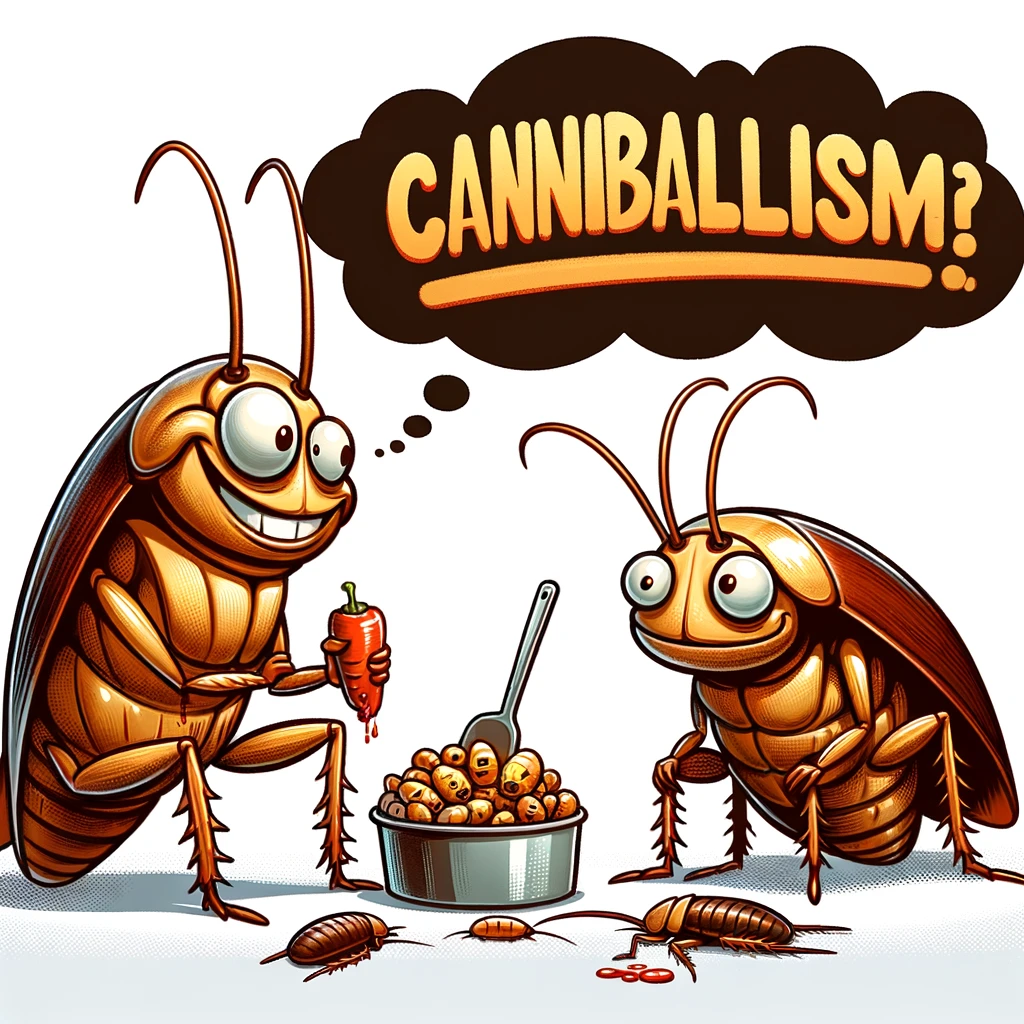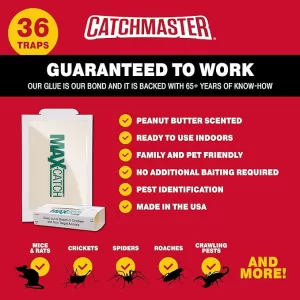Are Roaches Cannibals?
 Unveiling the Cannibalistic Behavior of Cockroaches
Unveiling the Cannibalistic Behavior of Cockroaches
Cockroaches are known for their resilience and adaptability, traits that have enabled them to survive through centuries. However, one lesser-known aspect of their behavior is cannibalism. Yes, when faced with limited resources, cockroaches can exhibit cannibalistic tendencies, consuming dead or injured members of their own species. This post delves into the reasons behind this behavior and what it means for controlling cockroach populations.
Understanding Cockroach Cannibalism
Cockroach cannibalism is primarily driven by the need for nutrition and the competition for resources. In environments where food is scarce, cockroaches may turn to cannibalism as a means of survival.
Why Do Cockroaches Resort to Cannibalism?
- Nutritional Needs: Cockroaches require protein and moisture to thrive, which can be found in their deceased or weakened counterparts.
- Population Control: Cannibalism helps regulate the population density, ensuring that only the strongest and healthiest individuals survive.
- Territorial Behavior: It can also be a form of territorial behavior, eliminating competition and reducing the number of mouths to feed.
Implications for Pest Control
Understanding the cannibalistic behavior of cockroaches has implications for pest control strategies.
- Baiting Techniques: Knowing that cockroaches can resort to cannibalism, pest control efforts can leverage this behavior through baiting techniques. Infected cockroaches can spread poison back to their hiding spots, affecting others that may consume them.
- Population Management: Recognizing signs of cannibalism can indicate high population densities and stress within a cockroach community, signaling the need for more aggressive control measures.
Ethological Insights
The cannibalistic behavior of cockroaches offers fascinating insights into their social structure and survival strategies. It highlights the complexity of cockroach societies and their adaptability to challenging environments.
Conclusion
While the idea of cockroach cannibalism may be unsettling, it is a testament to the survival capabilities of these pervasive pests. Understanding this aspect of cockroach behavior not only adds to our knowledge of their ecological roles but also aids in developing more effective pest control methods. It’s a reminder of the intricate balance within ecosystems and the lengths to which organisms will go to survive.
- The Life Span of a Cockroach
- Do Cockroaches Eat Clothes?
- Do Cockroaches Have Teeth?
- Shrimps and Cockroaches
- Will Sleeping with the Light On Keep Cockroaches Away?
- How to get roaches out of your car overnight
- Do Cockroaches Feel Pain?
- How Many Legs Do Cockroaches Have?
- Comparing Cockroach Eggs Size for Different Types of Cockroaches
- Identifying a Cockroach Bite on the Lips or Face
- Black Water Bug Identification and Control
- Why Do Water Bugs Come Out At Night?
- What Does Roach Rash Look Like?
- Can Cockroaches Bite Your Eyelid?
- Can Cockroaches Live in Your Balls?
- How did cockroaches get their name?
- Why Do Cockroaches Shed Their Skin?
- What Smell do Palmetto Bugs Hate?
- Baby Palmetto Bug: Identification and Control
- Cockroach Eggs vs Poop: How to Tell the Difference
- How to Get Rid of Water Bugs
- How Long Can a Cockroach Live Without Air?
- The Lifecycle of the German Cockroach: From Egg to Adult
- Do Mice Eat Roaches
- Wood Roach vs. Cockroach

